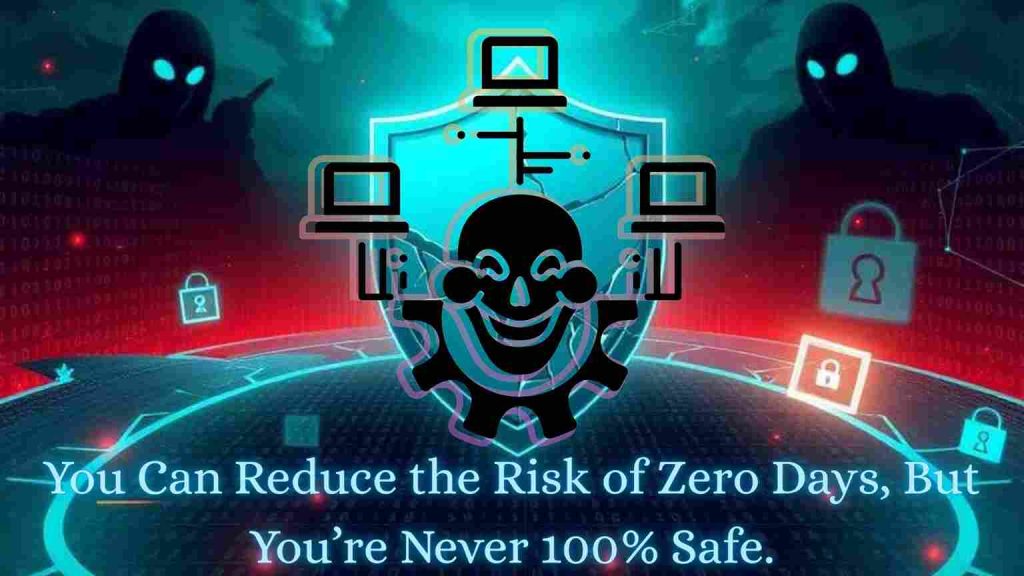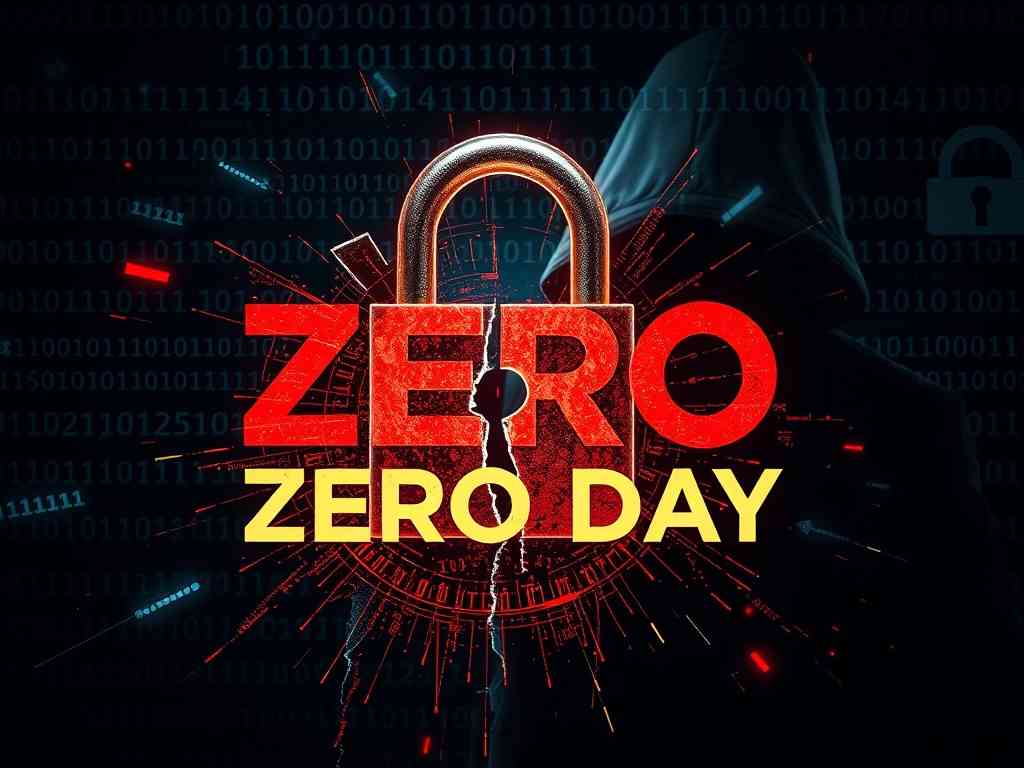If you often hear the term “Zero Day” or even “0day” in the technology world, the first things that come to mind are usually scary things like hacker attacks, new malware, or systems that suddenly break without warning. That’s true—zero day attacks are one of the most dangerous threats in the cyber world.
But did you know that this phenomenon is actually much more complex than just a “bug exploited by hackers”? So, to avoid panicking just because everyone else is, let’s discuss 5 shocking facts about zero day that many people may not know.
This article will uncover everything from a technical, historical perspective, to its impact in the real world. So, if you are a developer, sysadmin, IT student, or just curious about the cyber world, this article can be an important resource for you.
Fact 1: A Zero Day Attack is Like a Time Bomb in the Digital World

Before we go any further, let’s clarify that a zero day attack is an attack that exploits a vulnerability in software or hardware that is not yet known by the vendor. Because it is unknown, there are automatically no patches or updates to close the gap.
Imagine this: you have a house with a secret door, and you don’t even know about it. Suddenly, a thief finds that door first and enters at will. Well, that’s the easiest illustration of a zero-day exploit.
Why is it called “zero day”? From the moment a hacker finds the vulnerability, the developer has absolutely no time (0 days) to fix the issue. So you could say, it’s like a race between the hacker and the developer: who discovers the secret first.
And what makes it even scarier is that zero-day exploits are usually sold for a high price on the cyber black market. The price of a single exploit can reach hundreds of thousands to millions of dollars, depending on how ‘rare’ it is and how significant the target is.
Fact 2: Zero-Day Malware Can Camouflage Very Cleverly
If you think that zero-day malware always looks suspicious, you are very wrong. In fact, zero-day malware often goes undetected by traditional antivirus software.
Why can that happen? Because antivirus usually works with a signature database (patterns). So if there is a new virus that doesn’t have a pattern yet, the security software automatically doesn’t recognize it. Well, zero-day malware often takes advantage of this.
A real example: several well-known ransomware like WannaCry and NotPetya had previously used zero-day exploits to spread rapidly across the globe. The damage? Not trivial. WannaCry is estimated to have caused billions of dollars in losses and even paralyzed the health system in the UK.
So, don’t be surprised if zero-day attacks are not just a technical issue, but can also impact the economy, health, and even national security.
Fact 3: Not All Zero Days Come from Hackers
Interestingly, not all zero-day exploits are created by cybercriminals. Some are actually discovered by security researchers or bug bounty hunters.
They frequently discover zero-day vulnerabilities during audits, testing, or simply experimenting. The difference is, they have a choice:
- They can report it to the vendor through a bug bounty program. Usually, they get a formal reward that can range from thousands to hundreds of thousands of dollars.
- Selling to third parties (like the government or intelligence) who can use a zero-day exploit for espionage or military operations.
- Or—taking the most sinister route—selling it on the dark web to hackers or criminal organizations.
So, zero-days aren’t just about ‘evil hackers’; they can also involve politics, business, and even the military.
Fact 4: Zero-Day Attacks Can Change History
Sounds dramatic, but that’s the reality. One of the most famous examples is Stuxnet.
Stuxnet is a type of malware designed to attack the industrial control systems at nuclear facilities in some country . The attack exploited several 0-day vulnerabilities all at once, which at the time, hardly anyone knew about. The result? Nuclear centrifuge machines got damaged and their nuclear program was delayed for years.
This case proves that a zero-day attack can be used as a cyber weapon in geopolitical conflicts. And since then, many countries have started seriously developing cyber army units to utilize (or defend against) such attacks.
Fact 5: You Can Reduce the Risk of Zero Days, But You’re Never 100% Safe.

Now the most important question: if zero days are so dangerous, can we really be safe from these attacks?
The truth is: no system can be completely secure. Even big companies like Microsoft, Google, or Apple have been victims of zero-day exploits.
But there are some practical steps that can really help:
- Regularly update your software. While not all zero days are patched immediately, updates usually fix a lot of vulnerabilities.
- Use additional security layers like firewalls, intrusion detection systems (IDS), or EDR (Endpoint Detection and Response).
- Don’t just click on links or open email attachments. A lot of zero-day attacks are distributed via phishing.
- Regularly back up your data. Even if you fall victim to a zero-day exploit ransomware, you’ll still have a safe copy.
The bottom line is, zero-day attacks are a real threat, but with a mix of caution, updates, and the right security strategies, you can minimize the risks.
Conclusion
Now you know that a zero day attack is something much bigger than just a ‘Computer Bug.’ It can be a hacker’s tool, a state’s weapon, or even a threat to the global economy.
The five facts we’ve discussed show that:
- Zero days are digital time bombs.
- Zero day malware can trick antivirus software.
- Not all 0 day exploits come from evil hackers.
- These attacks can influence global politics.
- We can reduce risks, but we can’t be 100% safe.
So, if someone says “this system is safe, it can’t be breached,” now you know—nothing is completely immune to a zero-day attack.
A final note for you: the cyber world is like an endless game of chess. There are always new moves, new strategies, and new vulnerabilities. If you’re interested in diving deeper, check out my other article “10 Practical Ways to Protect Personal Data from Hackers” to broaden your insights

